
Arte! Wassily Kandinsky, part II
December 4 [December 16, New Style], 1866, Moscow, Russia Died: December 13, 1944, Neuilly-sur-Seine, France (aged 77) Movement / Style: abstract art Abstraction-Création Der Blaue Reiter Die Blaue Vier Neue Künstlervereinigung (Show more) Subjects Of Study: visual arts philosophy See all related content →
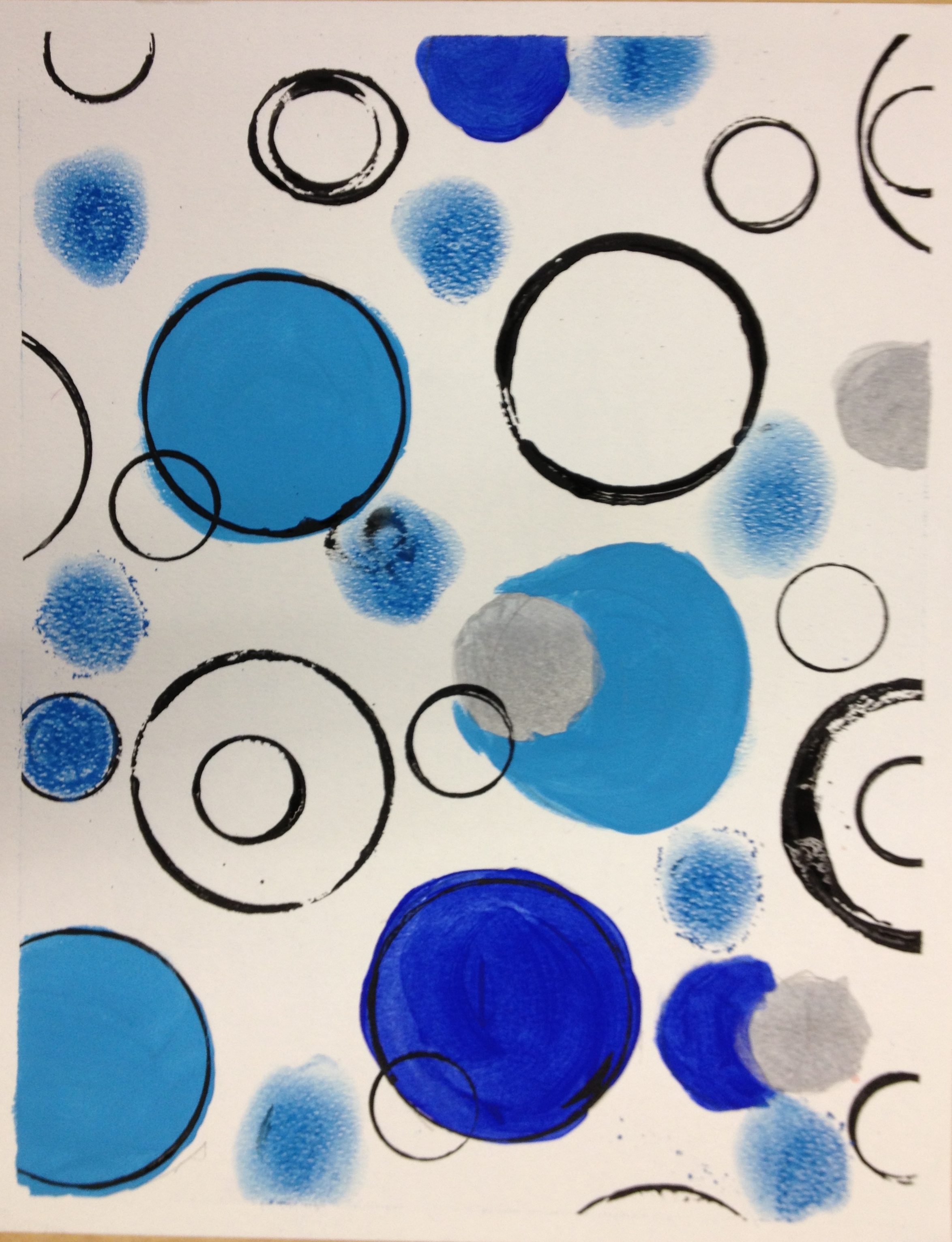
Wassily Kandinsky Art in Action
Email: [email protected] / Phone: +44 7429 011000. Blue Mountain is just one of a number of expressive landscape scenes created by Wassily Kandinsky across his career. We are all aware of The Blue Rider, well this painting again features horses striding across the countryside. Kandinsky studied colour in great detail in the early stages of.
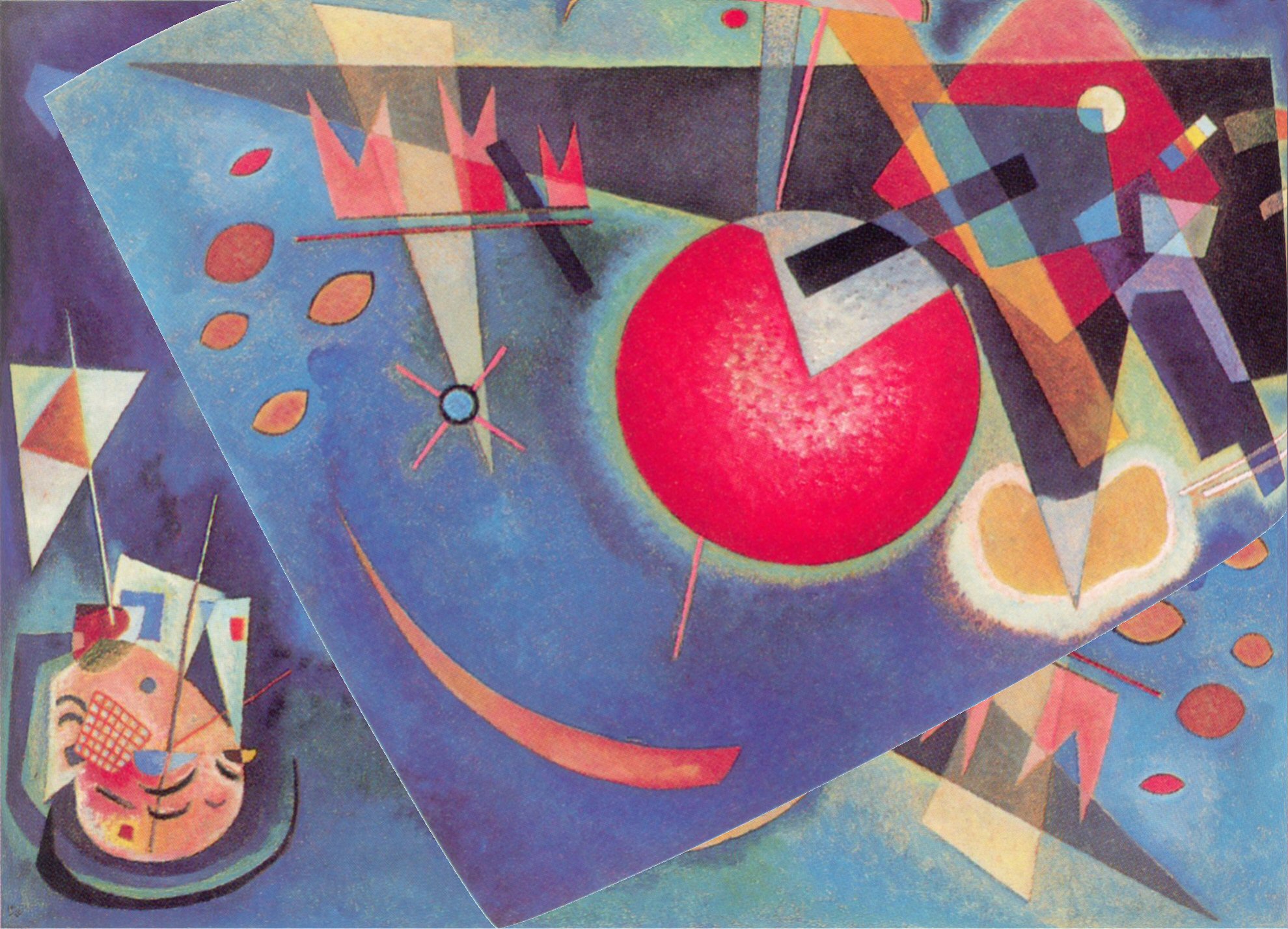
Blue, 1925 Wassily Kandinsky
The Blue Rider is perhaps Kandinsky's most important painting from the early 1900's, before he had fully developed his abstract style of music as sound. The painting illustrates a rider cloaked in blue, speeding through a greenish meadow. The painting's intentional abstractness had led many art theorists to project their own.
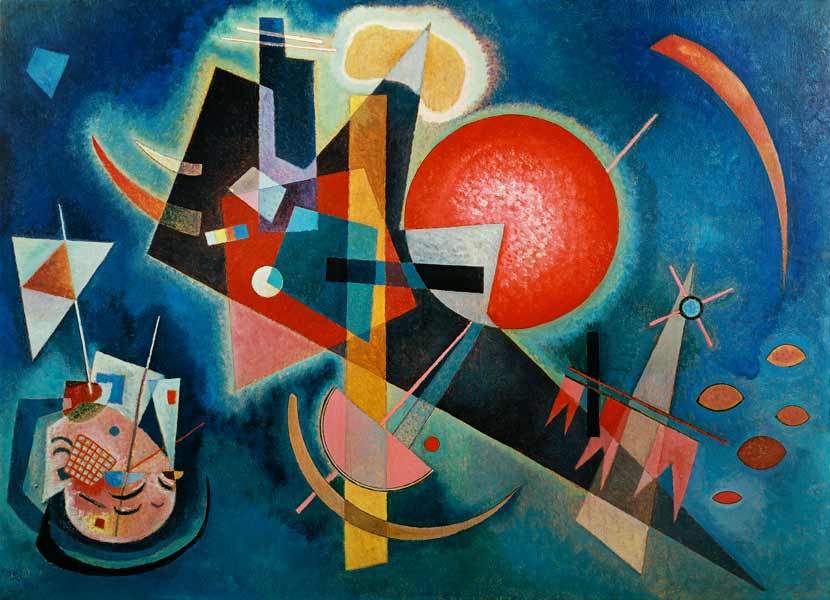
In the Blue Wassily Kandinsky as art print or hand painted oil.
Wassily Kandinsky, In Blue, 1925 So how is the color connected to the other forms of art that influence the human soul, such as geometric forms or musical sounds? And how colors are related to other forms of art expression such as literature or music?

Wassily Kandinsky — Blue Crest, 1917
Find the deal you deserve on eBay. Discover discounts from sellers across the globe. No matter what you love, you'll find it here. Search Kandinsky wassily and more.

Wassily Kandinsky — Sky Blue, 1940
Blue Sky, 1940 by Wassily Kandinsky Weightlessly hovering in a cloudless blue sky, the piscatorial birds in Sky Blue are as irrational and whimsical - yet as valid - as some of Kandinsky's ruminations about painting.

10 Artworks By Kandinsky You Should Know
The Blue Rider (German: Der Blaue Reiter) is an oil painting executed in Bavaria in 1903 by the Russian emigré artist Wassily Kandinsky. It is now held in a private collection in Zürich, and shares its name with an almanac and the art movement he would co-found with Franz Marc in the early 1910s. Background

Solitary Dog Sculptor I Painter Kandinsky Vassily Part 9 Links
The Blue Rider, 1903 by Wassily Kandinsky. Perhaps the most important of Kandinsky's paintings from the first decade of the 1900s was The Blue Rider (1903), which shows a small cloaked figure on a speeding horse rushing through a rocky meadow. The rider's cloak is medium blue, which casts a darker-blue shadow.

Enjoy some Damn Fine Art Wassily Kandinsky (Васи́лий Васи́льевич
Wassily Wassilyevich Kandinsky [a] (16 December [ O.S. 4 December] 1866 - 13 December 1944) was a Russian painter and art theorist. Kandinsky is generally credited as one of the pioneers of abstraction in western art. Born in Moscow, he spent his childhood in Odessa, where he graduated from Odessa Art School.

Wassily Kandinsky Blue, 1927 Abstract Words, Abstract Painters
The name "Der Blaue Reiter" referred to Kandinsky and Marc's belief that blue was the most spiritual color and that the rider symbolized the ability to move beyond. In searching for a language that would express their unique approach to abstract visual form, the artists of Der Blaue Reiter drew parallels between painting and music.

Wassily Kandinsky Painting "In Blue" (1925), framed Ars Mundi
In Blue. 1925. Geometric abstraction. Oil on canvas. 31.5 × 43.3" (80.0 × 110.0 cm) Dusseldorf. Kunstsammlung Nordrhein-Westfalen. More from 1925. Small Dream In Red. One Spit. Yellow-Red-Blue. In the Bright Oval. Parallel Diagonals. Swinging. All Around. Clear Connection. Green and Red. Above and Left. Delicate Soul. Sign.
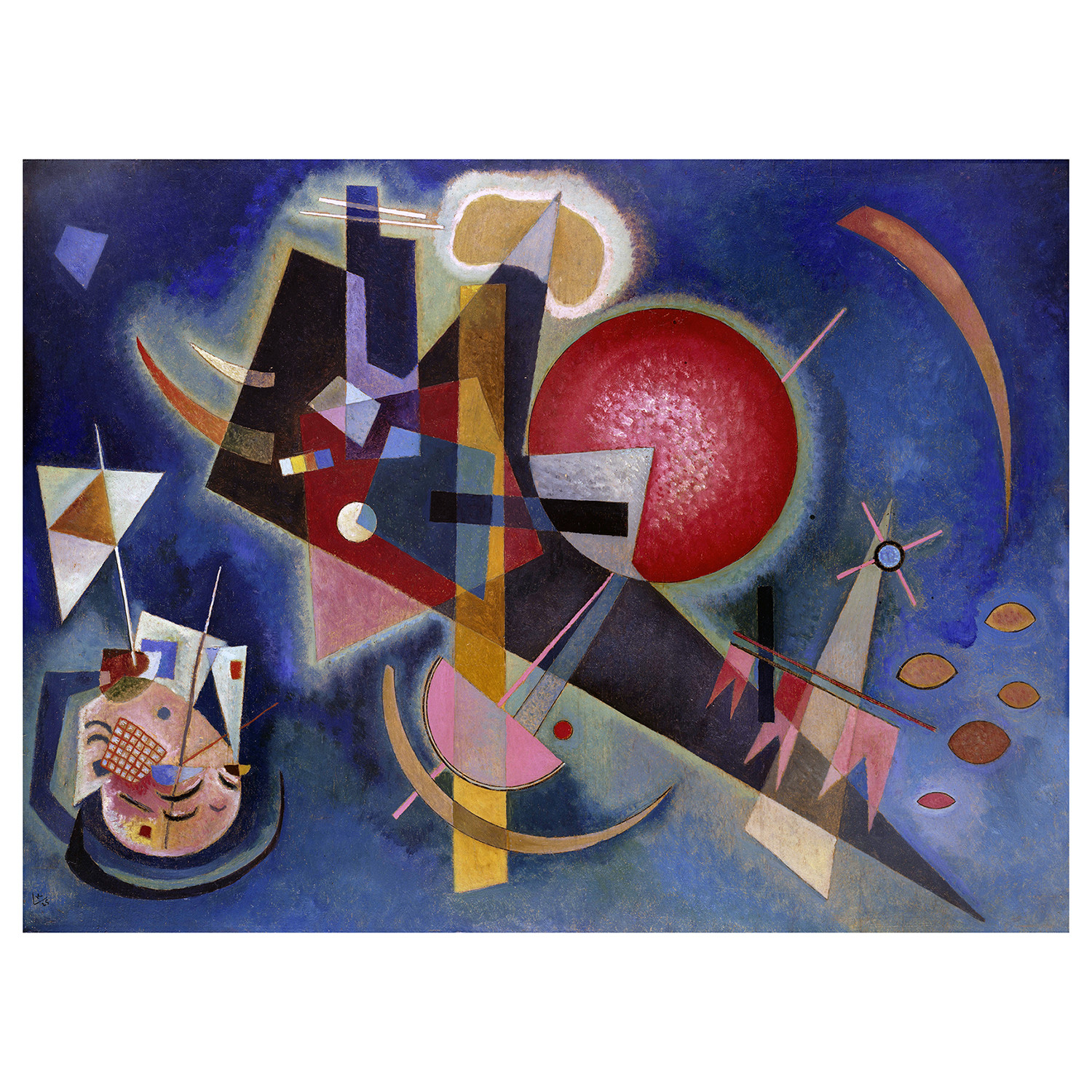
In Blue Wassily Kandinsky Touch of Modern
"Blue Painting" by Vasily Kandinsky was produced during his Bauhaus period, in Germany. It was during a period when Kandinsky taught basic design and advanced color theory and where he also conducted painting classes. His examinations of the effects of forces on straight lines led to his contrasting tones on curved and angled lines.
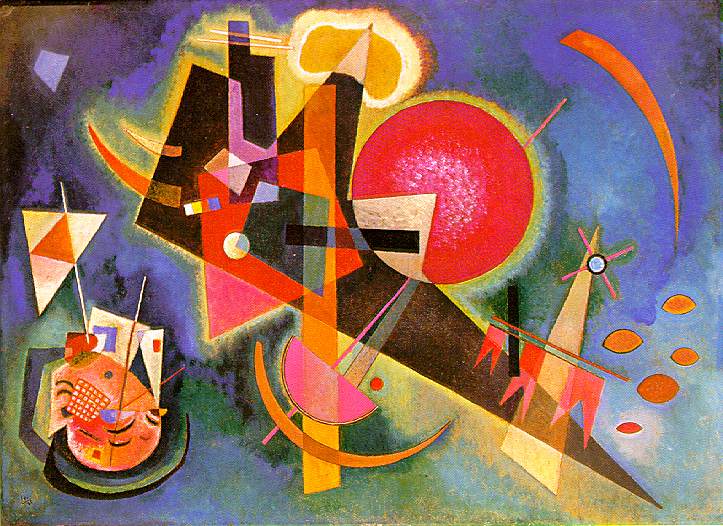
In Blue, 1925 Wassily Kandinsky
Kandinsky was following the colour theory of the German poet Goethe, according to which yellow and blue, which he has placed here in powerful opposition to each other, are the strongest pair of.
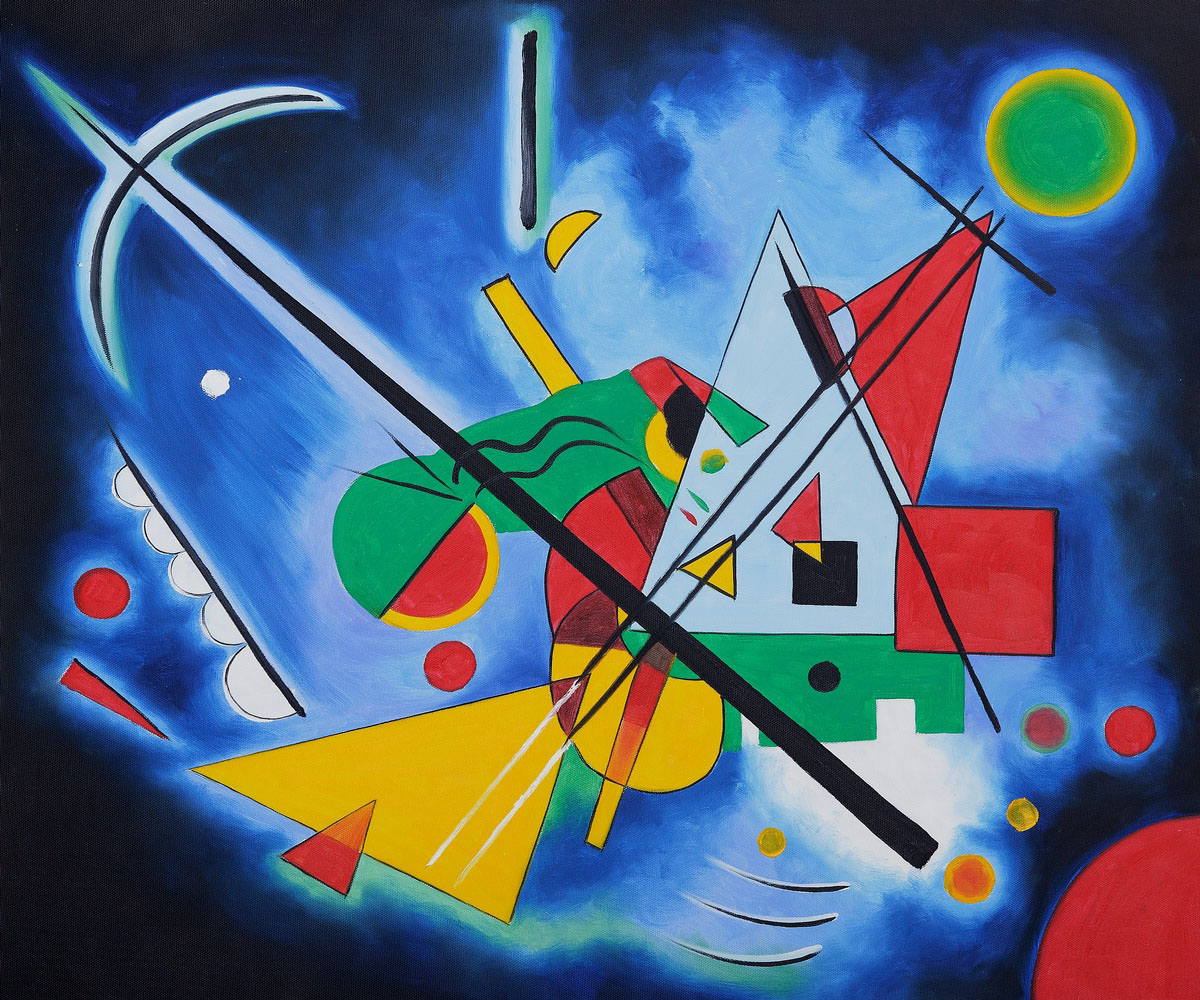
Tous pareils! Kandinsky (séance 2)
In Blue, 1925 by Wassily Kandinsky. Blue was the most spiritual colors, as far as Kandinsky was concerned. Here, though, in blue, is an assemblage of abstract forms, in reds, oranges and tawnies - all suspended in eccentric equipoise. Black and Violet. Bustling Aquarelle. Farbstudie Quadrate.
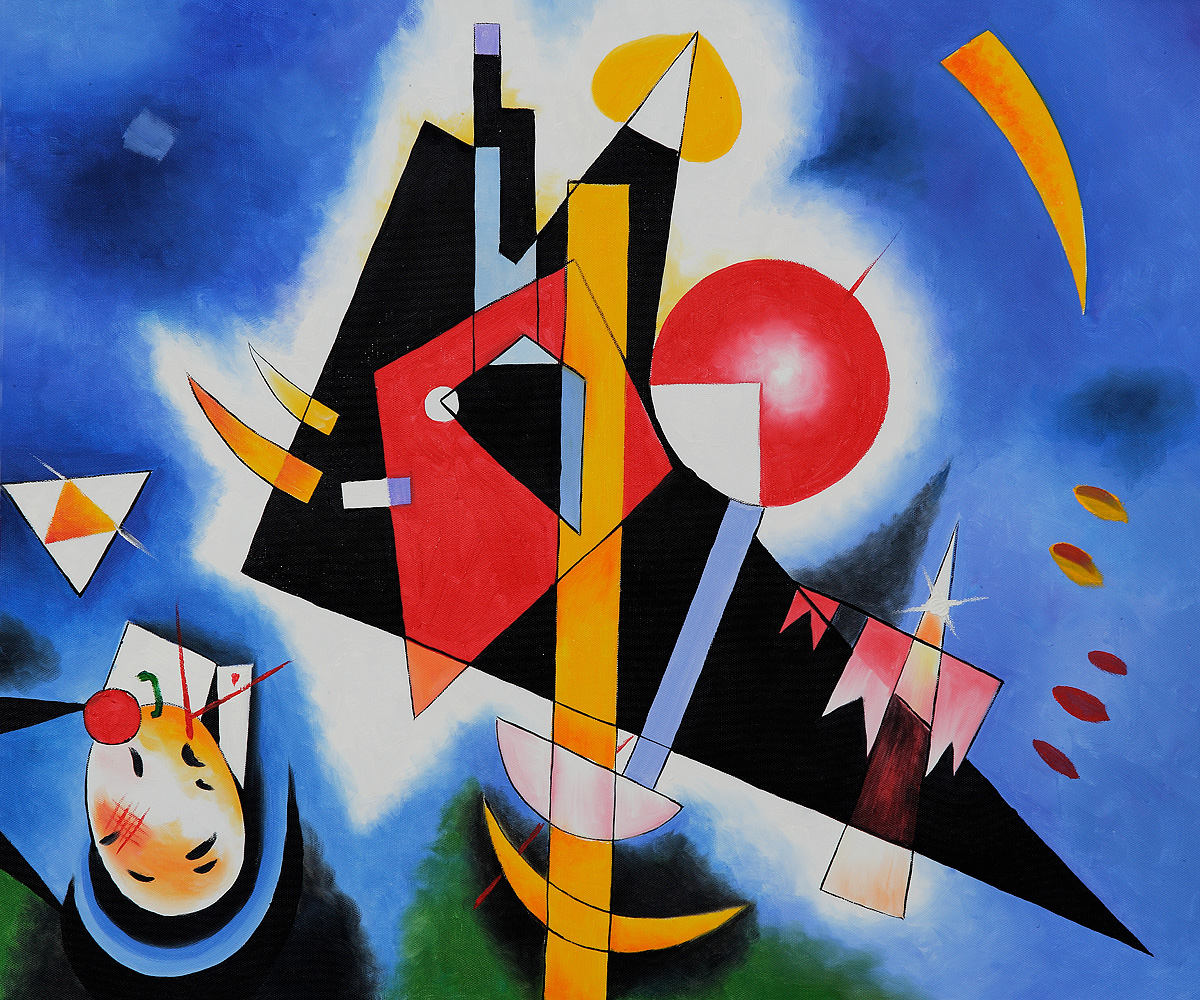
MCV's Art Inspirations... Wassily Kandinsky
Kandinsky's intuition is based primarily on the inherent link between warmth and light: yellow is, intrinsically, the lightest colour, closest to the white. There can be no "dark yellow". He formulates two core sensory distinctions between yellow and blue in terms of movement: Yellow moves towards the viewer, outward from the picture plane.

Solitary Dog Sculptor I Painter Kandinsky Vassily Part 9 Links
Wassily Kandinsky, a pioneer of abstract art, created "In Blue" in 1925. The painting features various abstract forms in shades of red, orange, and tawny color set against a blue backdrop. Kandinsky believed that blue was the most spiritual color as it represented infinity and spirituality.